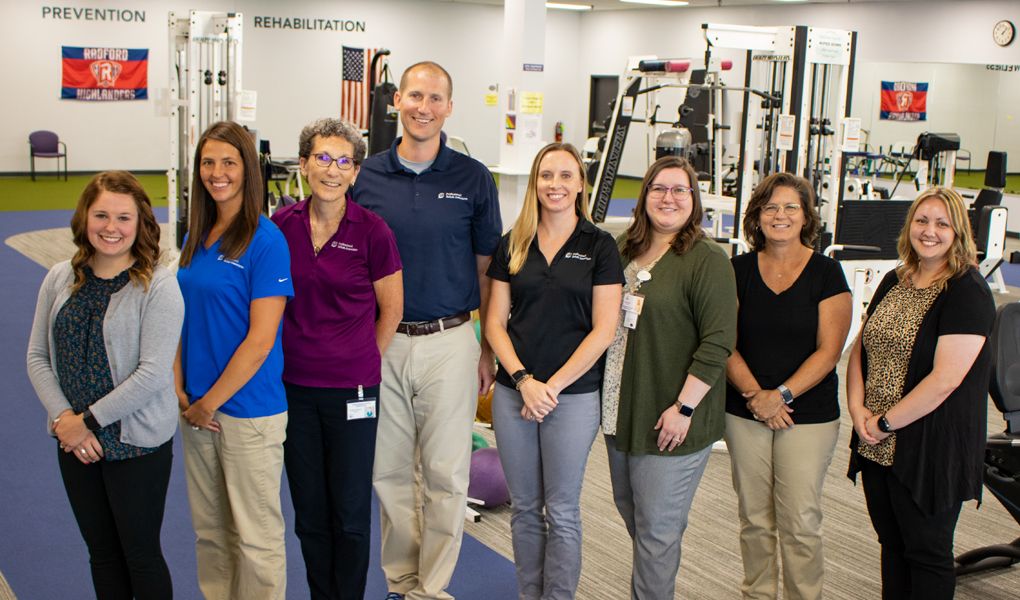Exploring the Diverse Methods of Physical Rehabilitation for Improved Recovery and Restoration
Exploring the Diverse Methods of Physical Rehabilitation for Improved Recovery and Restoration
Blog Article
Physical rehabilitation is an essential discipline that assists people recover from injuries, surgeries, and multiple health conditions. It involves a variety of methods designed to improve movement, reduce discomfort, and enhance general bodily capability. Physical therapists are trained professionals who assess each client’s requirements and develop customized treatment plans. These plans often include exercises, hands-on therapy, and education about physical movements. By employing these varied techniques, physiotherapy can significantly improve a patient’s standard of life.
One frequent technique used in physiotherapy is rehabilitative activity. This involves specific actions and exercises that assist build muscle strength, enhance range of motion, and increase endurance. For instance, a patient rehabilitating from knee operation may perform workouts that concentrate on restoring strength in the lower limb muscles. These exercises are meticulously chosen based on the individual’s condition and goals. By gradually boosting the difficulty and complexity of the activities, physiotherapy therapists can assist patients regain their strength and movement over time.
Another crucial technique is hands-on therapy, which includes hands-on methods to adjust the body’s soft muscles and joints. This can entail stretching, mobilization, and massage. Manual treatment aims to alleviate discomfort, reduce inflammation, and enhance blood flow. For example, a therapist may use light pressure to relieve tension in stiff muscle groups or to assist a joint function more freely. This technique is often combined with other therapies to improve recovery and encourage healing. Clients often find hands-on therapy to be a soothing and beneficial way personal training for bodyweight exercises to manage their pain.
In addition to exercises and manual therapy, education plays a vital role in physiotherapy. Practitioners teach patients about their issues and how to manage them efficiently. This may include advice on proper alignment, body movements, and techniques to avoid future injuries. For example, a practitioner might show a client how to lift weighty objects safely to avoid injuring their spine. By enabling patients with understanding, physical practitioners assist them assume an active part in their rehabilitation and encourage sustained health and fitness.
Ultimately, technological advancements is increasingly being integrated into physiotherapy methods. Tools such as sonography, electrotherapy stimulation, and immersive environments can improve traditional therapy methods. These technologies can help reduce discomfort, promote recovery, and provide interactive ways for clients to engage in their recovery. For instance, virtual reality can create engaging environments for clients to rehearse movements in a controlled and protected environment. As technology continues to develop, it provides exciting opportunities for enhancing recovery outcomes in physiotherapy.
In conclusion, physical includes a variety of techniques that work in unison to support rehabilitation and healing. Through therapeutic activities, manual therapy, client instruction, and the use of technology, physiotherapy practitioners offer comprehensive care tailored to each patient’s needs. This holistic method not only helps patients recover their bodily abilities but also enables them to sustain their well-being in the long future. As more people acknowledge the advantages of physical, it continues to serve a crucial role in the journey toward enhanced well-being and well-being.